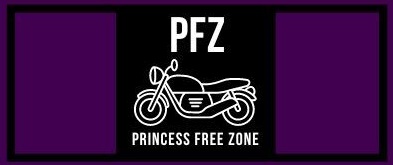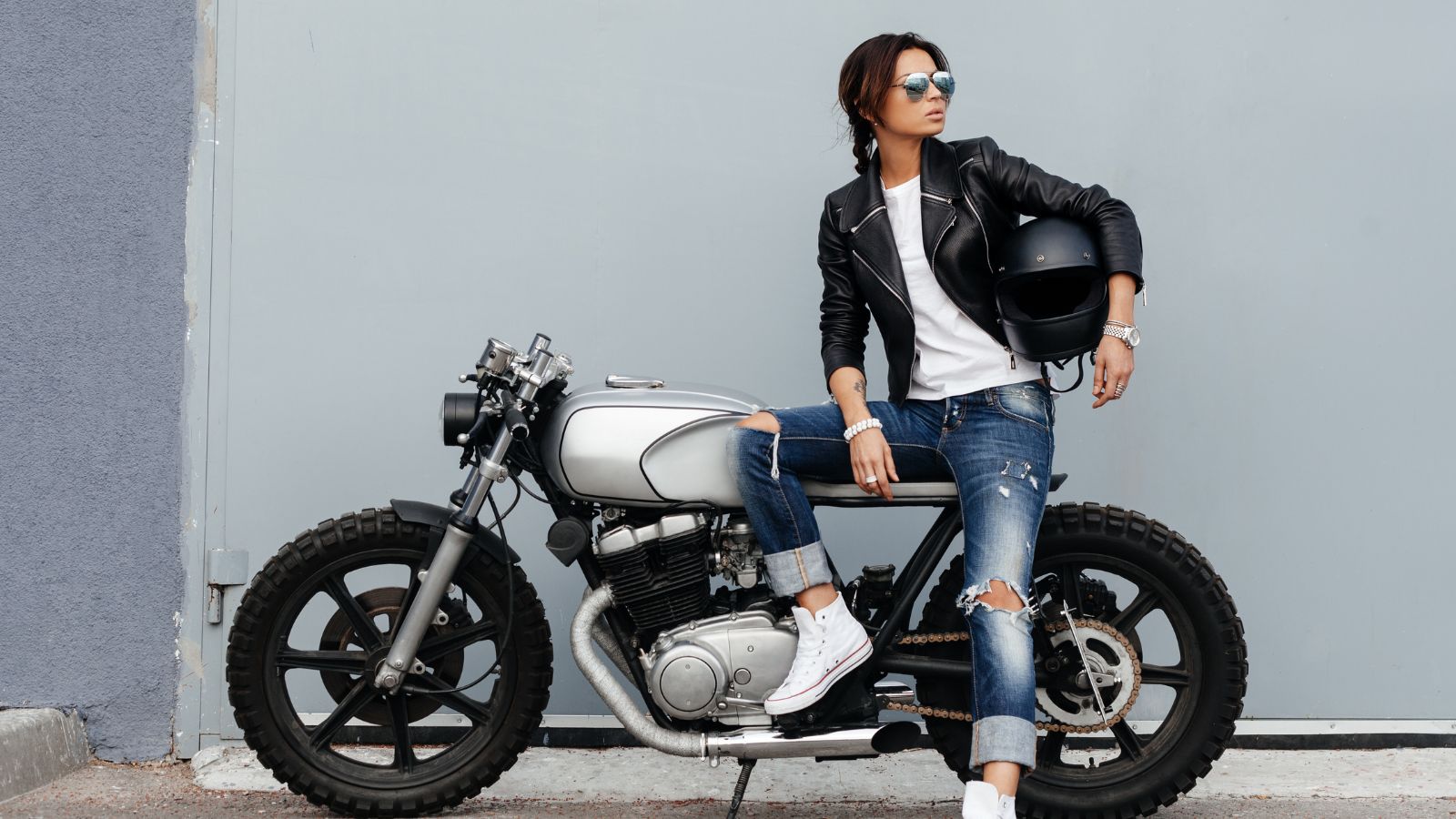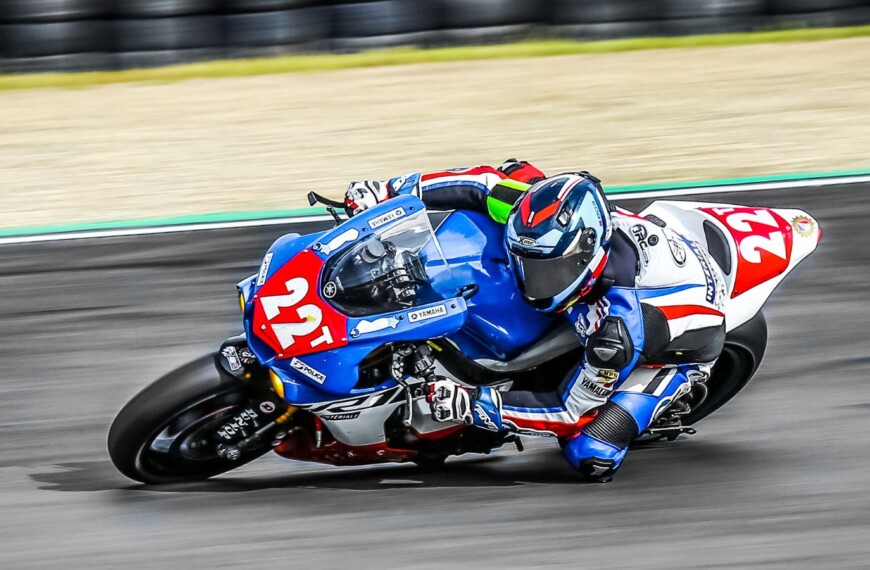Effective braking is critical for motorcycle safety. It’s not just about stopping your bike but doing so in a controlled manner, minimizing skidding, and preparing for unexpected situations. Below are 15 braking techniques and tips to help you ride more safely and confidently.
1. Two-Finger Braking
Using the index and middle finger to operate the brake lever allows for greater control and modulation, while keeping the other fingers on the handlebar for stability.
2. Progressive Braking
Instead of grabbing the brake lever abruptly, apply gradual pressure. This allows the brakes to engage smoothly, preventing wheel lock-up and skidding.
3. Front vs. Rear Braking
The front brake provides approximately 70-80% of your bike’s stopping power. The rear brake is secondary but still essential for balanced braking. Knowing how to use both is crucial for effective stopping.
4. Threshold Braking
This is the technique of applying brake pressure right up to the point before wheel lock-up. It provides maximum deceleration and requires excellent brake feel and control.
5. Brake before Turning
Always try to finish braking before entering a turn. Braking while turning can upset the bike’s balance and make it more difficult to navigate the corner safely.
6. Trail Braking
This advanced technique involves applying the brakes during the initial phase of a turn and gradually easing off as you approach the apex. It helps you control speed and adjust your line.
7. Downshifting While Braking
Rev-matching and downshifting while braking can help keep the bike stable and allow you to exit the stop more effectively.
8. Combined Braking
Many modern bikes have combined braking systems that engage both front and rear brakes when you actuate just one of them. If your bike has this feature, learn how it behaves during braking.
9. Brake in a Straight Line
Whenever possible, apply the brakes when the motorcycle is upright and traveling in a straight line to maximize stopping power and stability.
10. Anti-lock Braking Systems (ABS)
If your motorcycle is equipped with ABS, understand that it allows you to brake hard without locking the wheels. However, it’s still important to employ good braking techniques for maximum safety.
11. Emergency Braking
Practice emergency stops in a controlled environment to prepare for sudden braking scenarios. Apply both front and rear brakes firmly and progressively.
12. Cadence Braking
For bikes without ABS, this technique involves “pumping” the brake by applying and releasing it in rapid succession to prevent wheel lock-up. It mimics what ABS does automatically.
13. Body Positioning
Shift your weight to the rear of the bike during hard braking to help distribute forces more evenly and prevent the rear wheel from lifting off the ground.
14. Wet Weather Braking
Water can reduce your brake’s effectiveness. Apply them earlier and more gently than you would in dry conditions, and avoid making sudden moves.
15. Regular Maintenance
Your braking technique won’t matter much if your brakes are in poor condition. Regularly inspect brake pads, rotors, and fluid levels to ensure your brakes are up to the task.
Mastering the art of braking takes time and practice, but it’s essential for every motorcycle rider. Taking the time to familiarize yourself with these techniques and practicing them regularly can significantly improve your riding safety.













